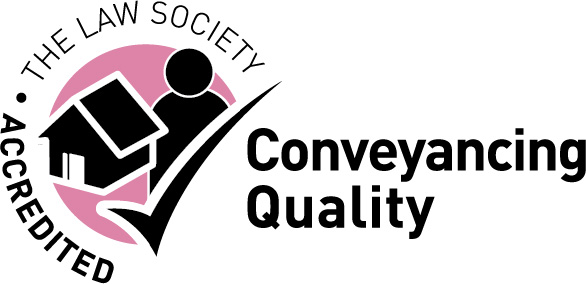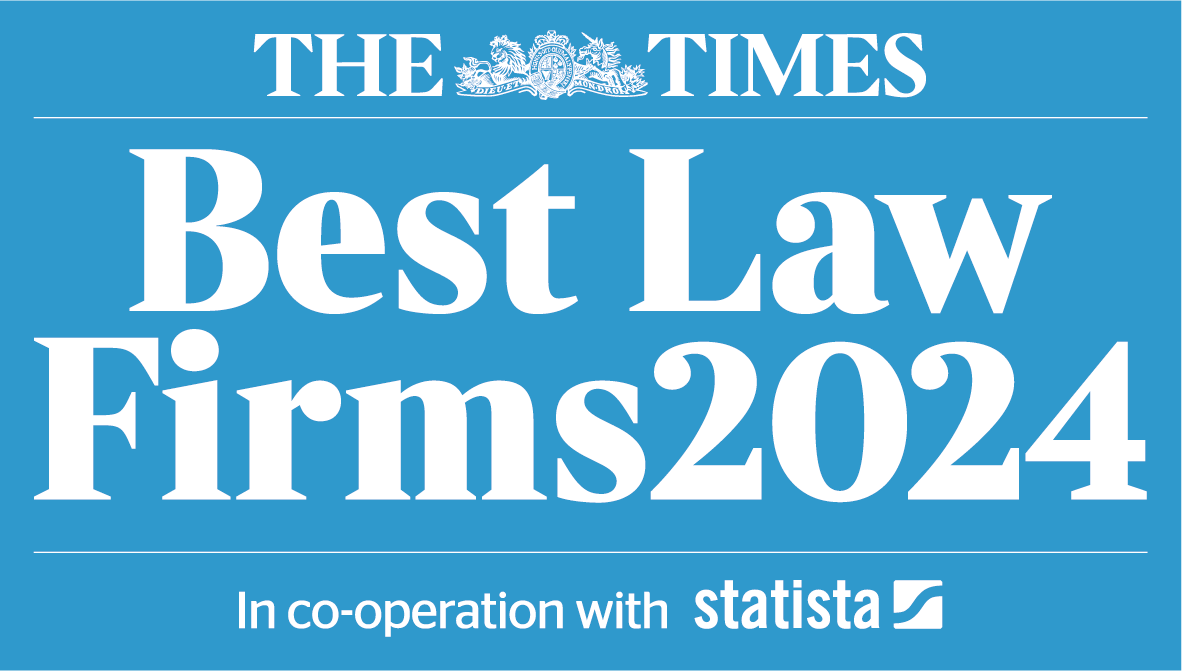Update to Coronavirus Job Retention Scheme
2 June 2020

Prior to the late May bank holiday weekend, the Treasury issued a further direction on the operation of the Coronavirus Job Retention Scheme (CJRS) which clarified some of the uncertainties. Last week, the Chancellor announced the anticipated changes to the furlough scheme and its gradual phasing out, including the introduction of employers' contributions from 1 August and the option of 'flexible furlough' available from 1 July.
The Chancellor also confirmed that the CJRS will end on 31 October.
Links to the new Direction and current guidance can be found in our Useful Links for Employers' article and the key points are set out below.
Changes to employers' contributions
Until 31 October, employees who have been furloughed will continue to receive 80% of their salary for periods that they spend on furlough. However, with effect from 1 August, employers will be asked to contribute to some of the costs of the Scheme, as follows:
| Payment | July | August | September | October |
|---|---|---|---|---|
| Liability for employer NIC's and pension contributions | HMRC | Employer | Employer | Employer |
| Liability for wages |
HMRC to pay 80% up to £2,500 No employer contribution |
HMRC to pay 80% up to £2,500 No employer contribution |
HMRC to pay 70% up to £2,187.50 Employer to pay remaining 10% |
HMRC to pay 60% up to £1,875 Employer to pay remaining 20% |
- Employers will still have the option to 'top up' employees' salaries to 100% if they wish. In readiness for 1 August, employers should now consider whether they wish to continue topping up salaries, and by how much, so that variations with employees can be agreed if necessary.
- The Scheme will close to new entrants from 30 June as the focus shifts to bringing employees back to work. From 1 July, employers will only be able to claim for those employees who have completed a 3 week furlough period prior to 30 June but will be able to continue to take these staff on and off furlough leave. To ensure employees have completed the minimum 3 week furlough period, the latest date to place an employee on furlough is 10 June.
- From 1 July, claim periods will no longer be able to overlap calendar months so employers will need to consider this when operating furlough rotas.
Flexible furlough
This change has been welcomed by employers, employees and trade unions as it should assist some employers getting back on their feet and ease the financial burden many employees are encountering.With effect from 1 July 2020:
- Employers will be able to request that staff who have previously been on furlough return to work part-time and will be able to claim for unworked hours through the CJRS.
- Employers will pay employees as usual for any periods that the employee works (including employer's NICs and pension contributions) and will be able to claim for a proportion of the unworked hours in line with the applicable HMRC guidance, as set out above.
- Employees will be able to work for any proportion of their usual hours as the employer requires, provided this is agreed in writing with the employee.
- The minimum period of flexible furlough will be one week.
- Further guidance on the flexible furlough arrangements will be available on 12 June.
Changes to the Direction and guidance
The changes in the new Direction clarify uncertainties arising from the previous Direction in that it:
- provides that where an employee is on sick leave, the employer and employee can agree that sick leave and SSP will end and the employee will instead be placed on furlough leave. It is clear that employees cannot receive SSP and furlough pay at the same time;
- confirms that employees who started a period of unpaid leave prior to 1 March cannot be placed on furlough until after they were due to return. The purpose of this is no doubt to prevent employees who were taking a planned period of unpaid leave (not as a result of coronavirus) from requesting that they return and are placed on furlough so they get paid. It also confirms that employees are not able to go on unpaid leave and furlough at the same time;
- confirms that directors on furlough are permitted to make a CJRS claim in respect of their employees or pay wages without breaching the requirement to cease work.
- confirms that to be valid, the agreement to place an employee on furlough needs to set out the main terms of furlough leave, and be in writing, which can include email. It does not need to be signed by the employee and can be made by collective agreement;
- confirms the employee can undertake training whilst on furlough if the purpose of the training is improve effectiveness or performance of the business but the employee cannot be providing a service while undergoing training which means that training on the job will not be covered;
- the Direction provides further detail about the types of payments that can be reclaimed under the CJRS and those which are excluded, such as benefits in kind or those provided via salary sacrifice arrangements;
- the Direction confirms that when calculating a 'fixed rate' employee's furlough pay where they have taken a period of unpaid/reduced pay leave or statutory leave, this should be calculated on the employee's pay as if the period of leave was paid at the employee's usual annual leave rate (for example, an employee returning from maternity leave should be paid 80% of their normal rate of pay during periods of holiday rather than 80% of their maternity pay); and
- confirms that employees who transferred under TUPE to a 'new employer' prior to 28 February can be furloughed.



